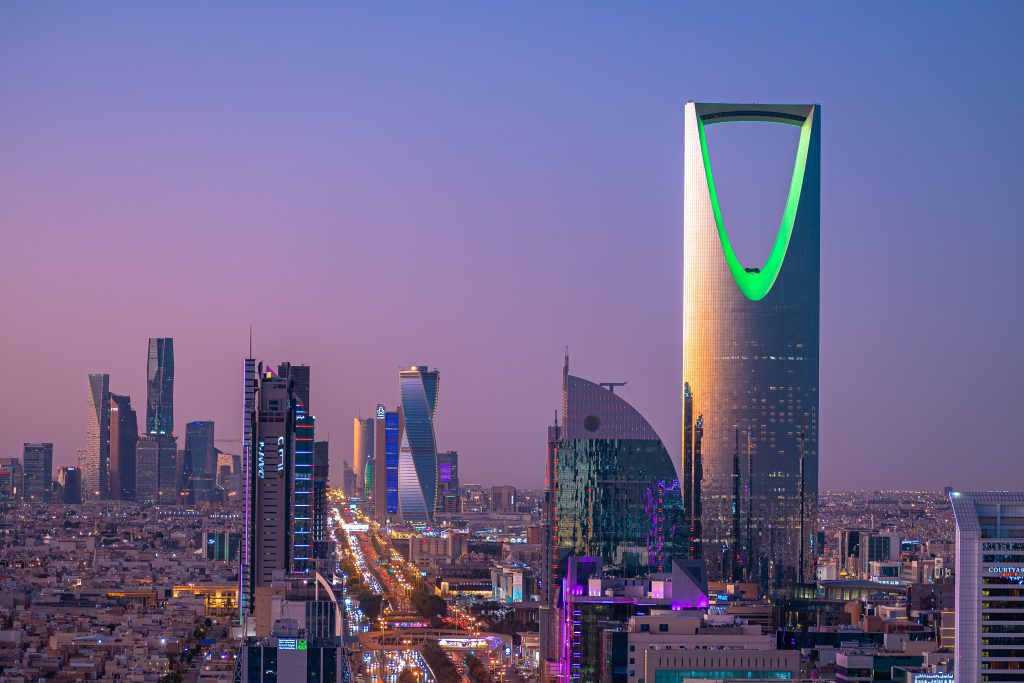The Kingdom of Saudi Arabia has seen its official reserve assets escalate to SR1.7 trillion (equivalent to $452.8 billion) as of July, marking a 6.06 percent growth compared to the previous year, recent data indicates.
According to figures from the Saudi Central Bank, also known as SAMA, the bulk of these assets, 94.53 percent to be precise, was held in international currency reserves. This includes foreign currency and deposits, as well as investments in securities abroad, totaling SR1.61 trillion for the month of July, showing a 6.54 percent increase year-on-year.
In addition to these, the Kingdom’s official reserve assets comprise several components such as monetary gold, special drawing rights (SDRs), the reserve position in the International Monetary Fund (IMF), and other foreign reserves.
The data for July indicated that SDRs, which account for 4.6 percent of the total at SR78.03 billion, saw a marginal decrease of 0.44 percent. SDRs, which are established by the IMF, are backed by a mix of major currencies and serve as a financial resource that member countries can utilize in times of need.
SDRs play a vital role in providing liquidity, stabilizing exchange rates, functioning as a unit of account, and supporting international transactions and financial stability.
However, the IMF reserve position, which reflects the amount a country can draw from the IMF without specific conditions, decreased by 8.44 percent to SR13.21 billion during the same period.
The robust reserve coverage ratio of Saudi Arabia, which Fitch Ratings reported to be at 16.5 months of current external payments, signifies the nation’s formidable ability to fulfill its foreign financial obligations for an extended duration, thus underscoring its economic resilience and sound management of foreign exchange reserves.
Since its establishment in 1952, SAMA has been responsible for the management of foreign exchange reserves, with its role expanding significantly since the 1970s.
The Bank for International Settlements has acknowledged that SAMA’s approach to reserves management has matured as it accumulated assets and developed expertise. SAMA has established internal models to ascertain reserve adequacy, taking into account international standards as well as macroeconomic factors specific to Saudi Arabia.
These models are regularly evaluated for accuracy. SAMA’s main objectives in managing its investments include capital preservation, liquidity maintenance, and the pursuit of returns that align with its risk tolerance, as reported by the BIS.
